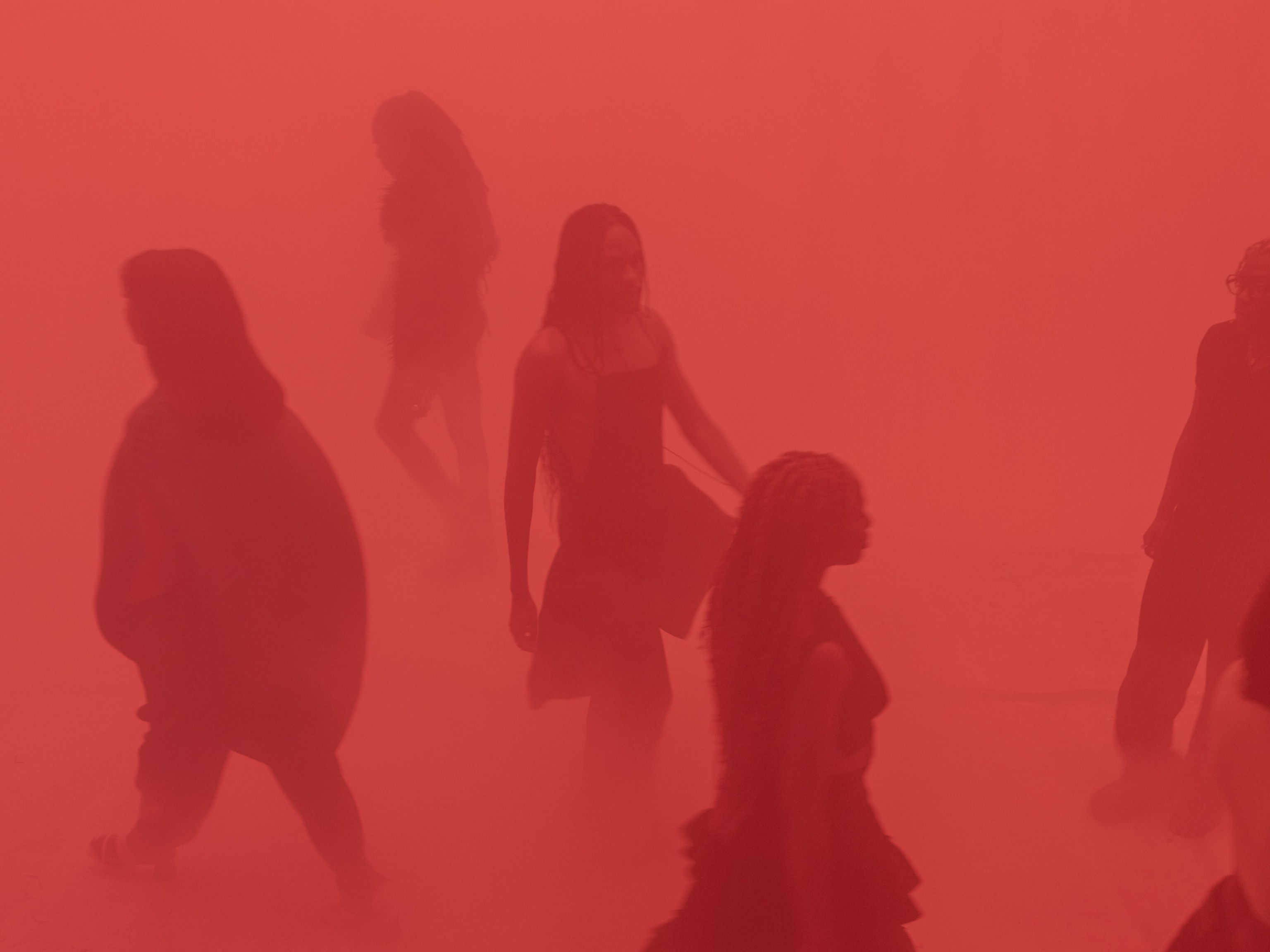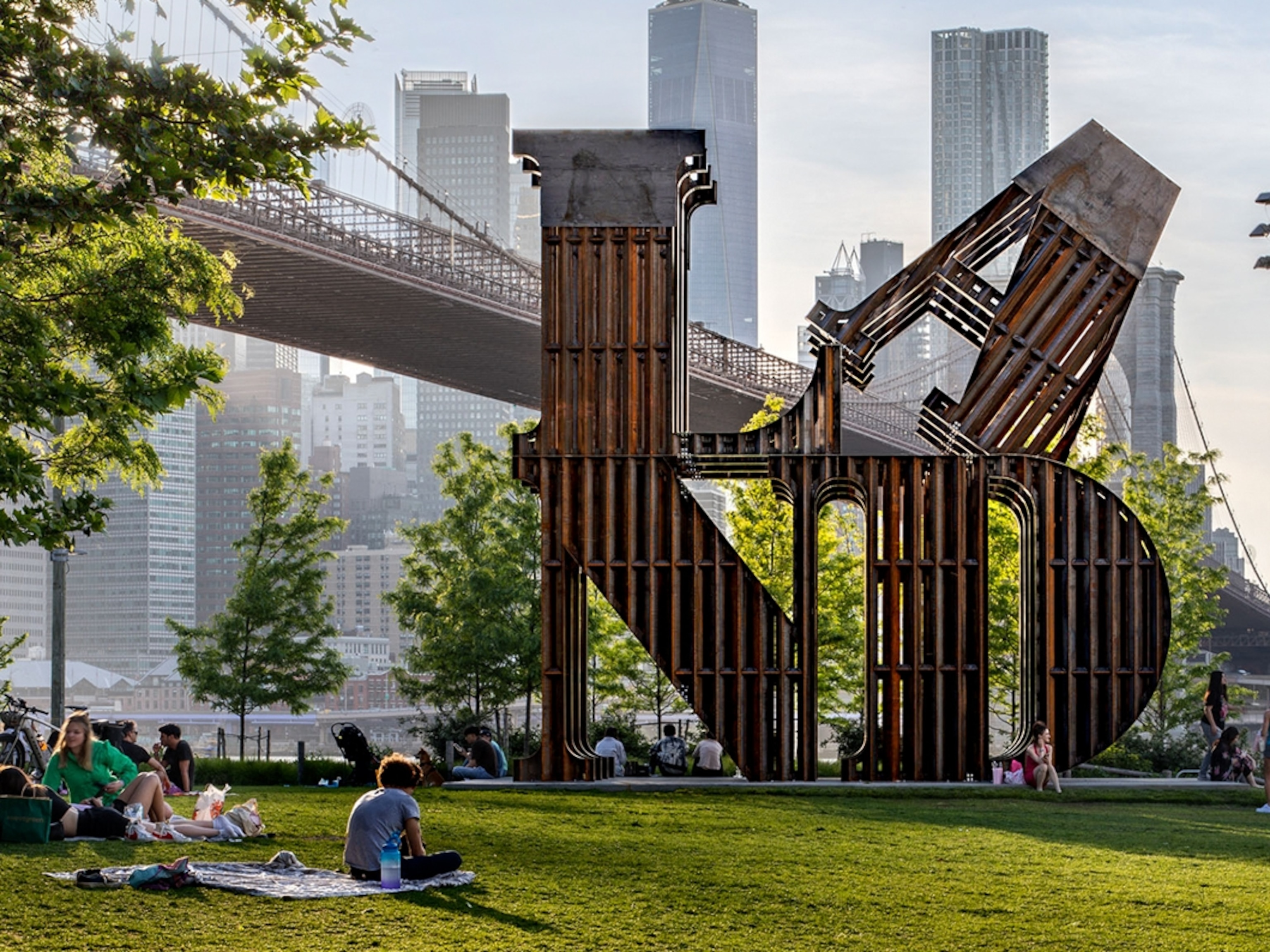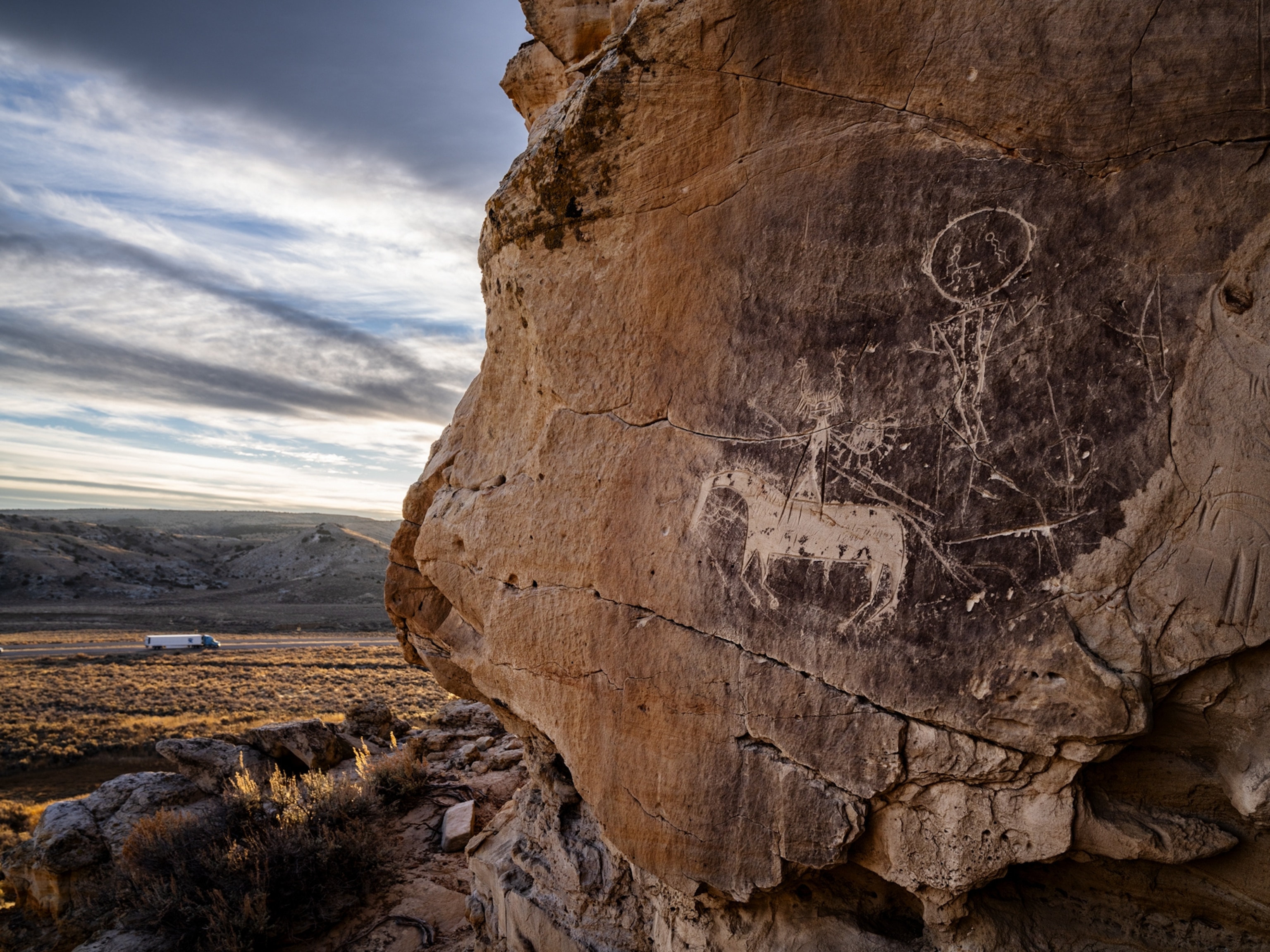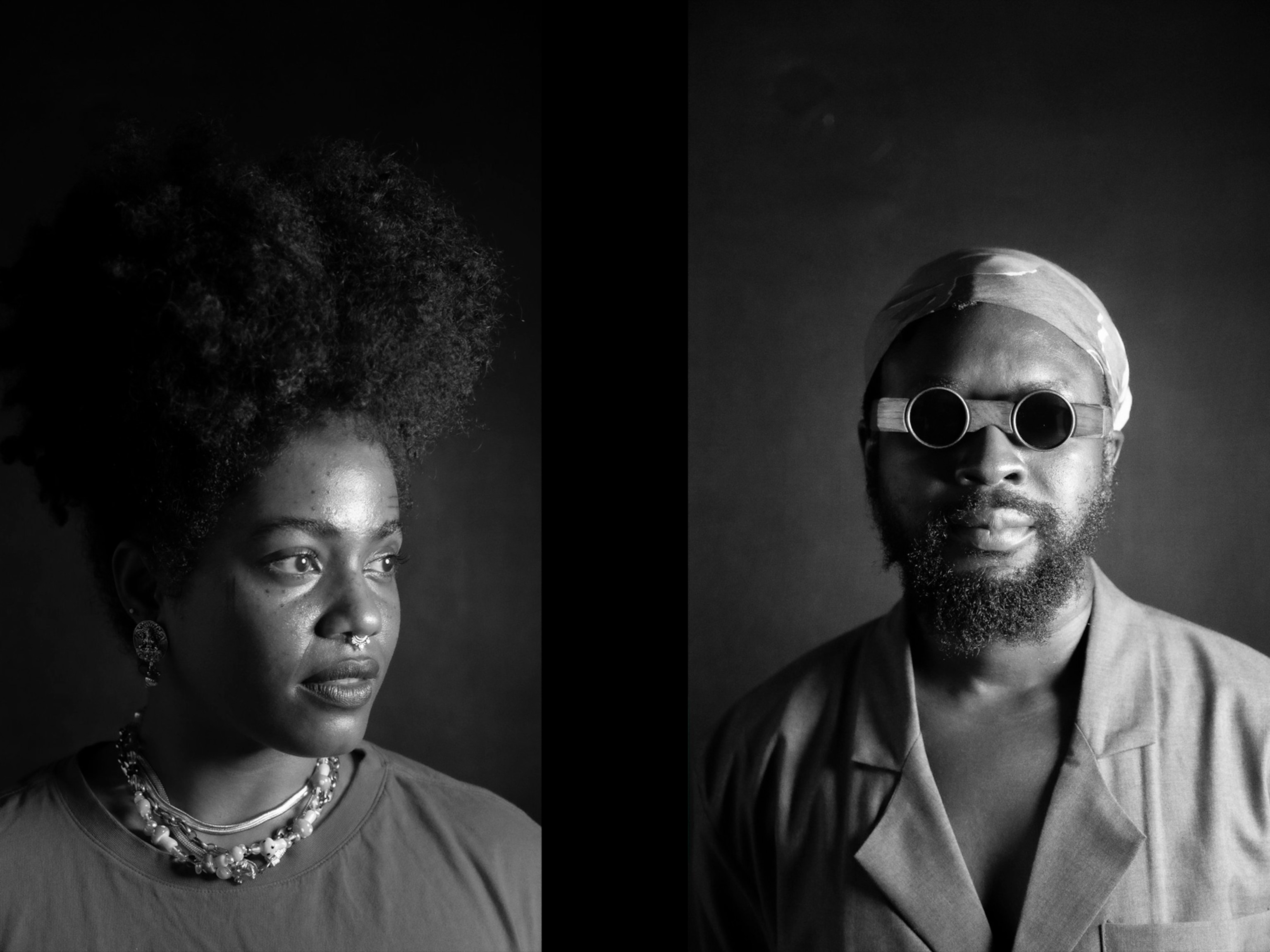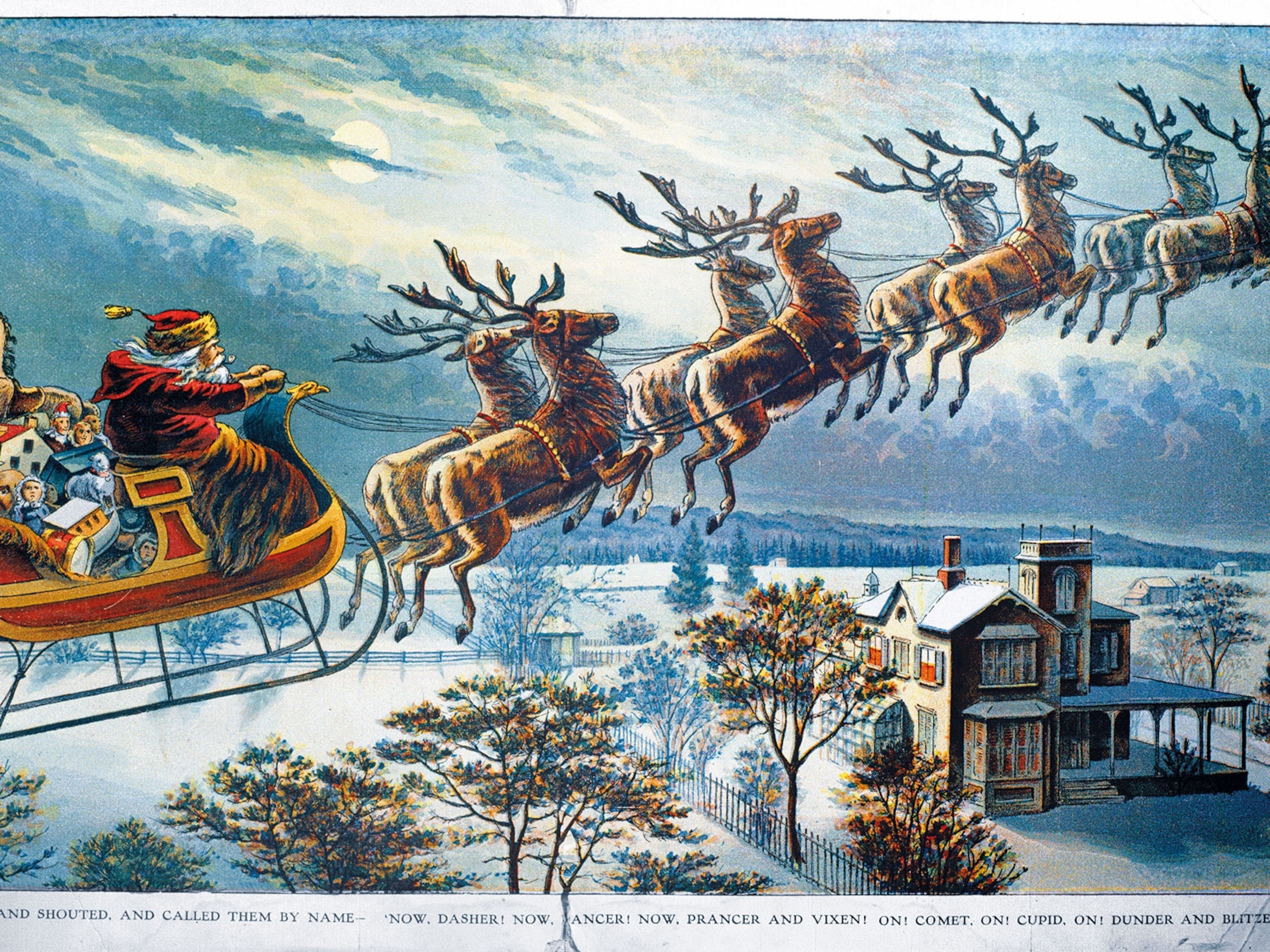Peru's Quechua rappers have the world taking notice
In the Andean country, young Indigenous musicians use hip-hop as an expression of their language and culture.

It’s a sunny January afternoon in Juliaca, a city near the banks of Lake Titicaca in the high plains of southern Peru. Thousands of Indigenous Quechuan and Aymara people have gathered in the town’s main square to commemorate the massacre of 18 political protesters and bystanders by government security forces one year ago. Among them is a man on a black horse, decked out in a black jacket, a broad-brimmed black hat, and mid-calf black-and-gold boots. He’s dressed to evoke the country’s most iconic revolutionary figure: Túpac Amaru II, the Indigenous cacique, or chief, who led a rebellion against the Spanish Empire and became a symbol for resistance in the Andes. The man is known as Cay Sur—kay (Quechua) plus sur (Spanish) means “This South”—and he’s there to express solidarity with the victims. He’s also there to rap.
From horseback, Cay Sur performs his song “Próceres” (“Heroes”), its hip-hop beat pulsing through the crowd. Many recognize him from YouTube—and identify with his lyrics. “Manan wañuchispachu llaqtayta atipanki,” he shouts in Quechua. “By killing, you will not defeat my people.”
At 20, Cay Sur, whose name is Yerson Randy Huanco Canaza, is among a growing generation of young musicians making hip-hop with a specifically Indigenous voice. Like many of them, he draws from multiple cultures and traditions—Spanish and Quechua speaking, global and local, ancient and modern. And with his fellow artists, he’s creating something entirely new: a soundtrack for Indigenous youth eager to reclaim their Andean roots and language.
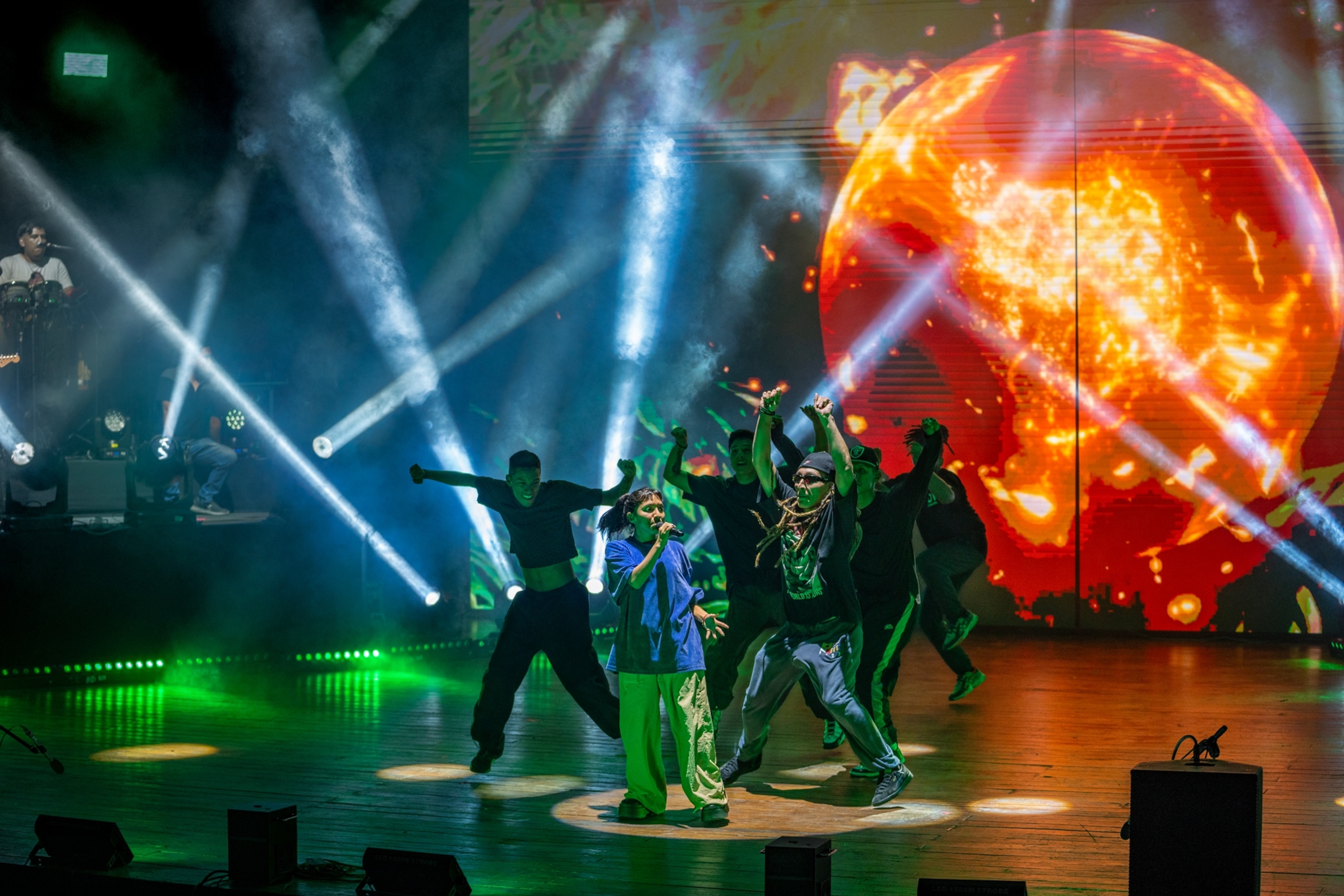
(The Māori saved their language from extinction. Here's how.)
Embracing Quechua so publicly would once have been unthinkable in Peru. Although some eight million to 10 million people speak the language in the Andean countries and beyond—and 26 percent of Peru’s population identifies as Indigenous—many native Quechua speakers have felt ashamed of our language and traditions because of ongoing racism. Mainstream Peruvian culture tends to romanticize Inca civilization while denigrating its living descendants as backward, especially when they try to assert their political rights. Since the mid-20th century, many Quechuan migrants to the cities have identified as mestizo, or mixed race, rather than Indigenous. Often they didn’t teach Quechua to their children. During the 1980-2000 conflict between the Maoist Shining Path and the Peruvian government, some 70,000 people were killed and more than half a million displaced. Most of them were rural, poor, and Quechua speaking—the targets of both sides.

Inspired partly by Uchpa, or Ashes, a Quechua-singing blues rock band formed in the early 1990s amid the violence in Ayacucho, the epicenter of the conflict, Andean young people are reclaiming their heritage. Already connected to the wider world through diasporic networks and social media, they’re reimagining what it’s like to be modern and Indigenous. Hip-hop, with its oral tradition, communal spirit, and culture of resistance, is a natural vehicle for reviving the Quechua language and Andean culture.
Renata Flores, one of Quechua rap’s biggest stars, says it’s as if “our ancestors had come up with ways to express their feelings similar to what freestyle rap is today.” She’s thinking especially of harawi, pre-Columbian music poetry traditionally sung in a high nasal pitch without instruments that voices the soul of runakuna, the Andean people. The 23-year-old, wearing round glasses, wide-legged jeans, and a fleece jacket, told me her music, which mixes hip-hop and electronic effects with Andean instruments, serves the same purpose as harawi, chronicling the daily life of our people.
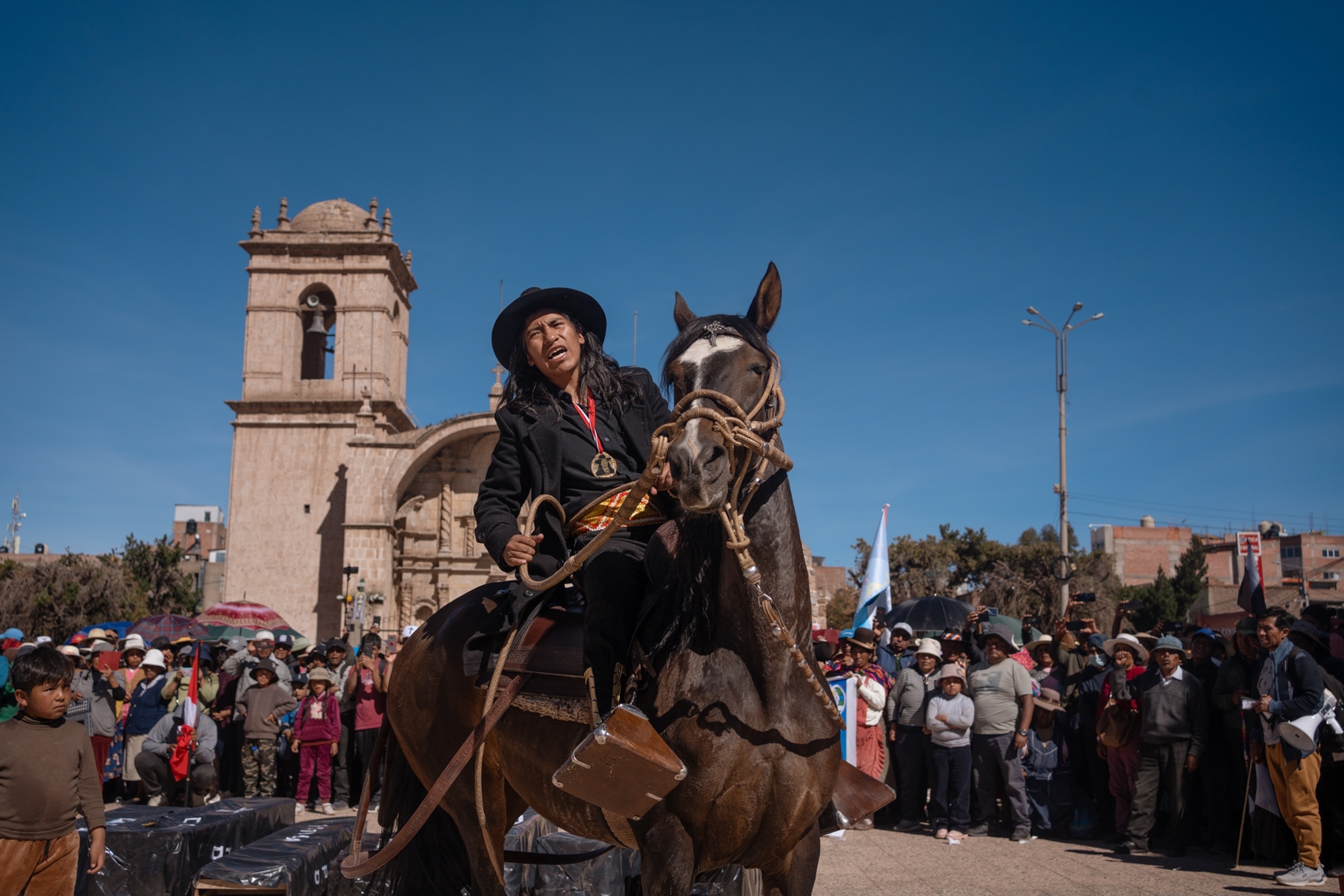
The new genre also incorporates Andean spiritual practices. In the song “Fiestapaq” (“For the Party”), Luis Loayza Ramos, 24—aka WariWillka, or Wari’s grandson—asks permission from the Apu, a mountain deity with a living spirit, to initiate the chaku or chaccu ritual, during which wild vicuñas are rounded up and sheared. “Apukunawan parlamuni / Kokachayta akuykuspa,” he sings. “I talk to the Apu / Chewing my coca leaf.”
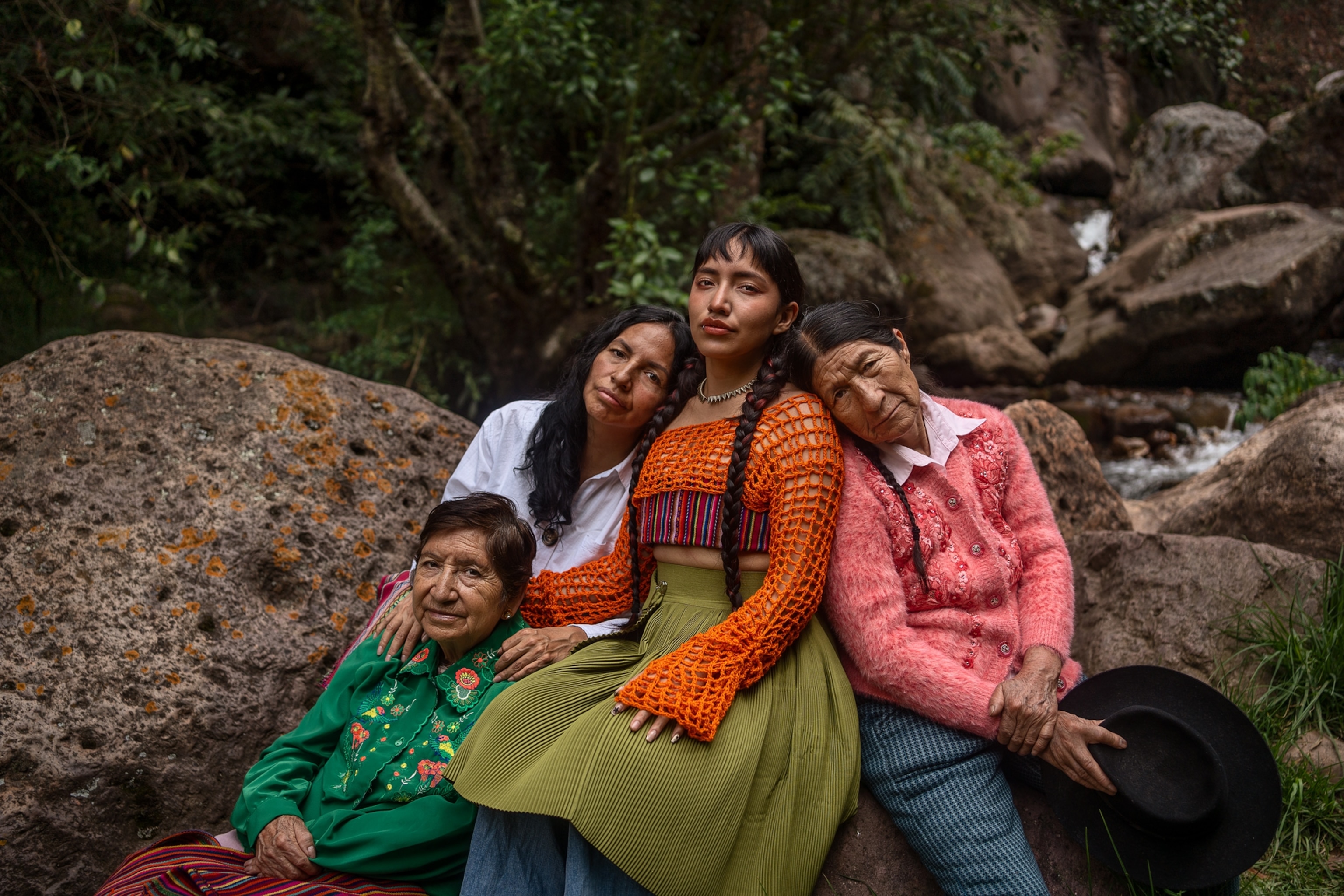
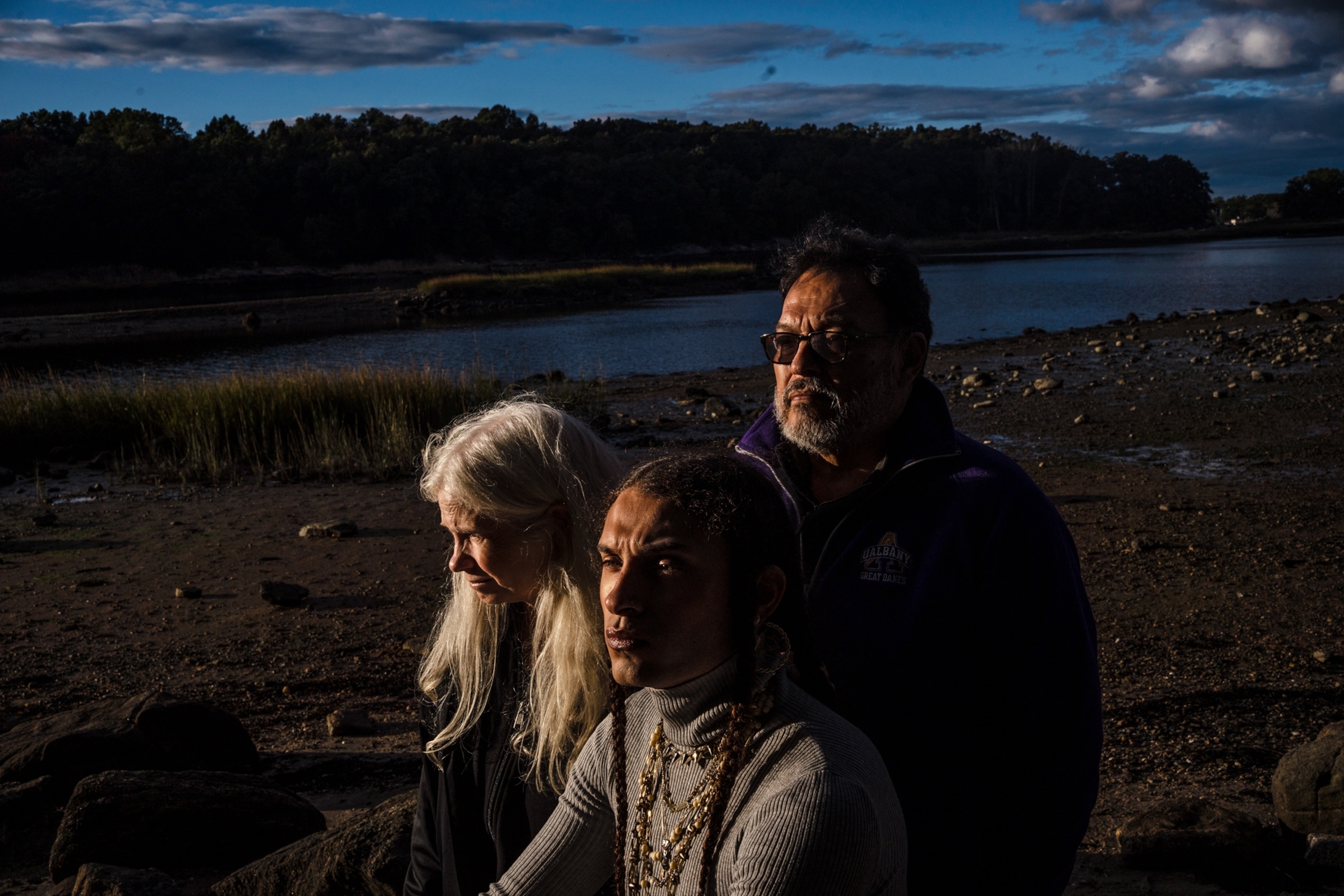
And then there’s an effort by some rappers to open the historically male-dominated genre to everyone—a challenge to both Quechuan and hip-hop culture. At a 50th-anniversary celebration of hip-hop in Ayacucho, Flores performed songs from her 2021 album Isqun (Nine), which places Andean women at the center of Peru’s history. At a smaller concert called Illapachay (Lightning Day, derived from Illapa, the Inca deity of lightning), in downtown Cusco, Celinda Enríquez, 27, rapped: “Mana yachanichu ñuqa imacha kani warmichu qarichu / Ñuqaqa kani kusisqa, kawsayta, kawsayta munani,” from her song “Marimachata” (“Tomboy”). “I don’t know if I’m a man or a woman / I’m happy, I want to, I want to live.” Afterward I heard from men in the crowd surprised by how much they enjoyed Enríquez’s energetic beats. That’s Quechua rap: a genre that balances at the place where language and culture and past and present meet.
After his performance in Juliaca, Cay Sur cries, “The bloodshed will never be forgotten!” The crowd roars back to him, greeting him with hugs and handshakes when he dismounts from his horse. His music—in a traditional language, with a modern rhythm—has resonated deeply. And no wonder. Hip-hop, he says, is a “way of thinking and living Quechua.”

A resident of Cusco, Peru, Victor Zea Díaz reconnects with his Quechuan roots through photography and hip-hop. His projects show the complexities that define identity. He’s been an Explorer since 2019. Follow him in Instagram @victorz3a.
The nonprofit National Geographic Society, working to conserve Earth’s resources, helped fund this article.
A version of this story appears in the July 2024 special issue on "Indigenous Futures" of National Geographic magazine.




